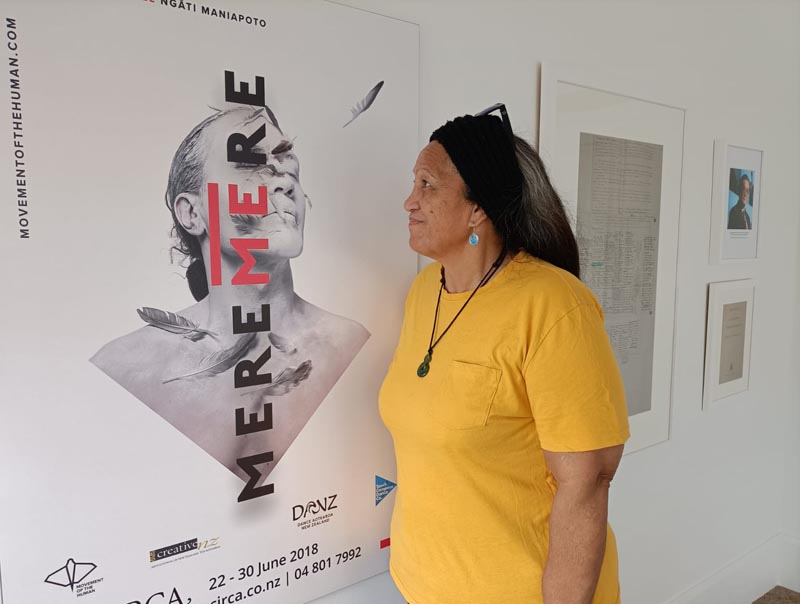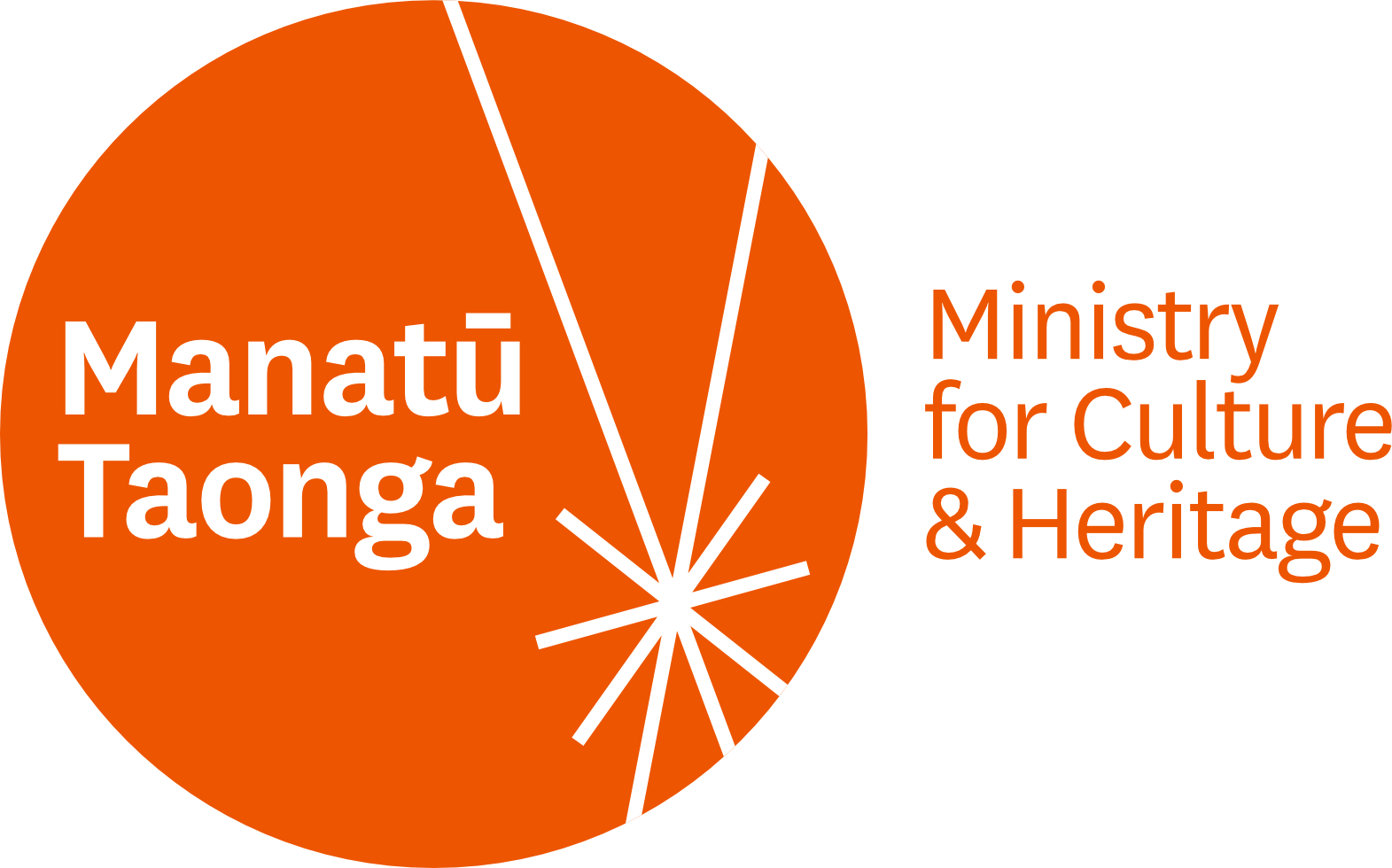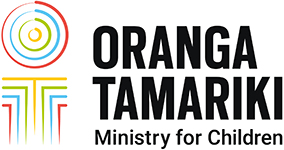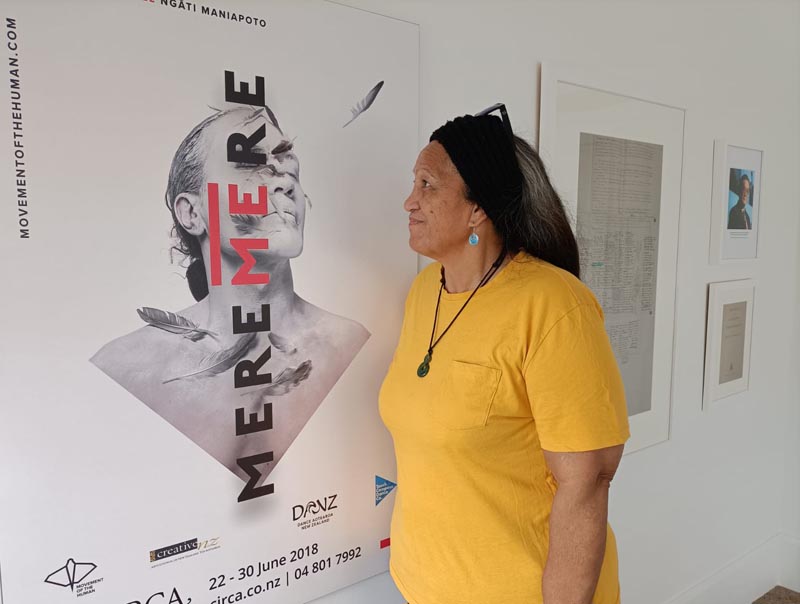
Artist Phillipa Mita was collecting materials for her art project in Whangara, a small community north of Tairāwhiti (Gisborne), when a feather floated down and landed at her feet.
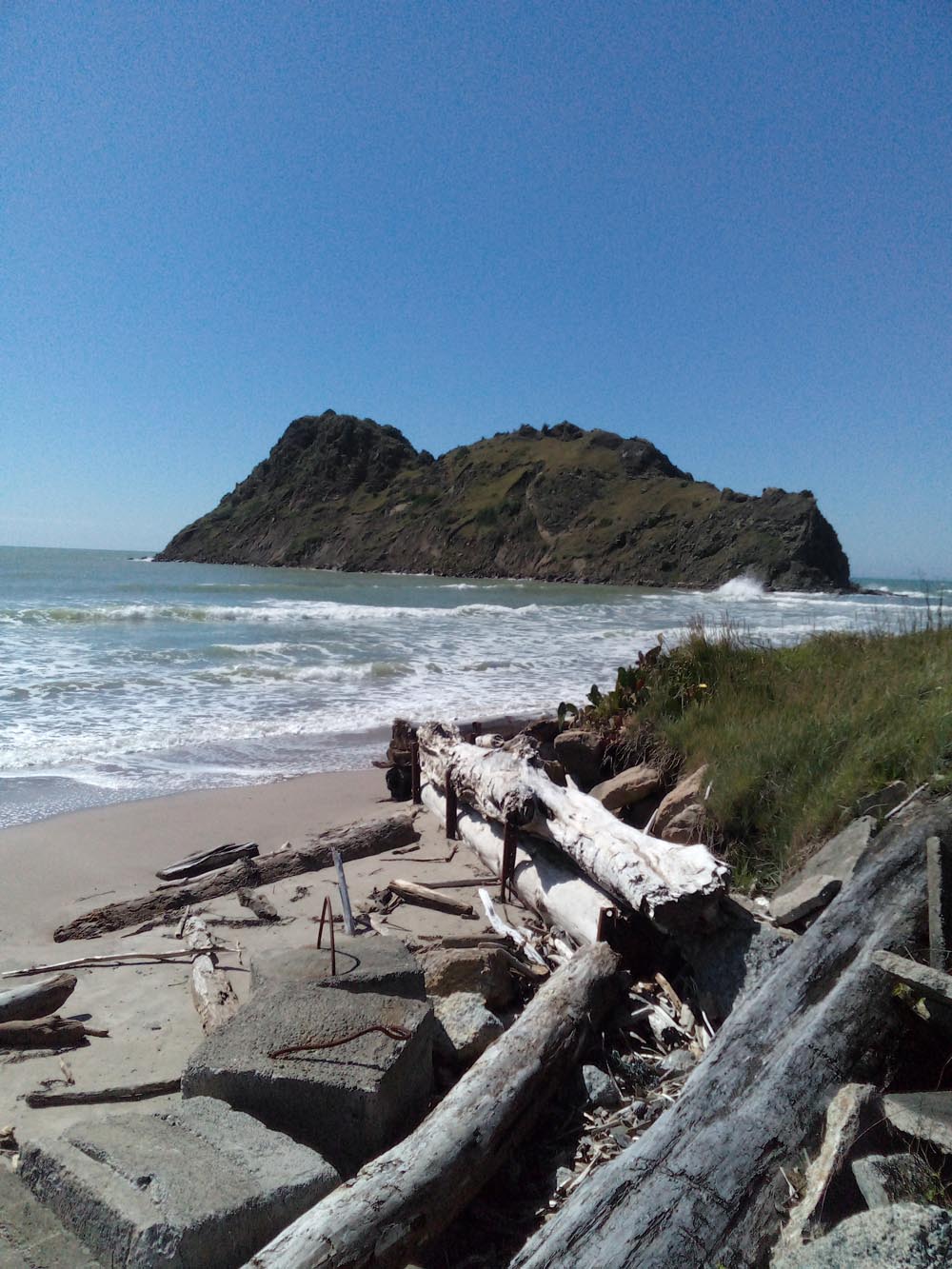 “I was taking in my surroundings – the sounds of the waves, the gentle breeze, the receding tide and my maunga, Pukehapopo – when I saw a feather float to the ground,” Phillipa recalls. “I felt the gathering of whenua from my turangawaewae, connecting me back to my whakapapa, and I thought, yes, this is what I’m meant to be doing.”
“I was taking in my surroundings – the sounds of the waves, the gentle breeze, the receding tide and my maunga, Pukehapopo – when I saw a feather float to the ground,” Phillipa recalls. “I felt the gathering of whenua from my turangawaewae, connecting me back to my whakapapa, and I thought, yes, this is what I’m meant to be doing.”
Phillipa is the recipient of the Whakahoa Kaitoi i Te Ara Poutama Arts in Corrections Artist Fellowship 2023. One of four fellowships presented by Arts Access Aotearoa, it supports an artist who is or has been in the criminal justice system to develop their art practice. Read more about the four fellowship recipients
When Phillipa arrives at the Arts Access Aotearoa office for an interview, she is drawn to the poster of dancer Rodney Bell promoting his autobiographical show, Meremere.
“I always find feathers very calming, the way they float and drift down before landing on the ground,” she says.
Exploring painting with whenua
Phillipa is a visual artist and member of the Home Ground Collective, based in Te Whanganui-a-Tara (Wellington). The fellowship is supporting her to explore painting with whenua – the soil, rocks, shells, vegetation – firstly from Tairāwhiti and then from Te Whanganui-a-Tara.
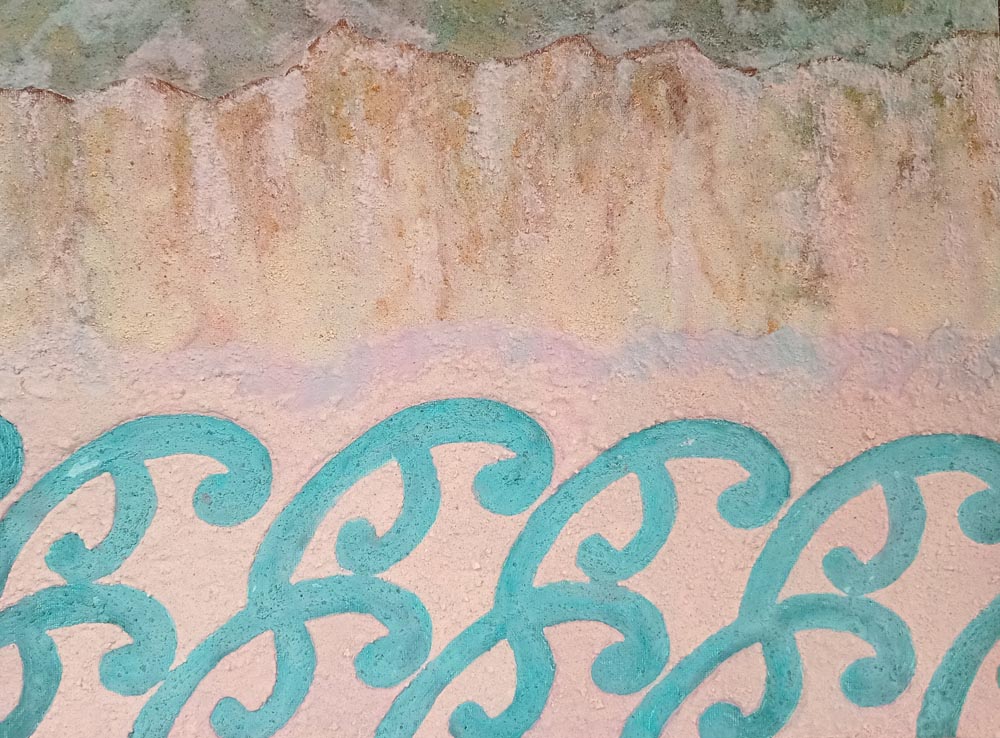 Although Tairāwhiti is her home, she says Te Whanganui-a-Tara is where she feels grounded. Wanting to combine the two places inspired the project, which runs from January and ends in June when she will have completed three artworks.
Although Tairāwhiti is her home, she says Te Whanganui-a-Tara is where she feels grounded. Wanting to combine the two places inspired the project, which runs from January and ends in June when she will have completed three artworks.
At the beginning of the year, Phillipa travelled to Tairāwhiti to collect natural materials. Now, she is grounding the materials, developing colour, experimenting with paper and creating her first artwork.
In April, she plans to repeat the process by collecting whenua in Te Whanganui-a-Tara, preparing it and creating a second work. A third work will be completed in June.
Working with mentor Kahu Kutia
Throughout the project, she will be documenting the process and working with a mentor, artist and writer Kahu Kutia.
 One of the fellowship criteria is that the recipient has a mentor. Phillipa chose Kahu Kutia to mentor her through the process of using natural materials. “Kahu affiliates back to Whangara and Tolaga Bay and is very knowledgeable about the whenua. I’m really grateful to have her as a sounding board.”
One of the fellowship criteria is that the recipient has a mentor. Phillipa chose Kahu Kutia to mentor her through the process of using natural materials. “Kahu affiliates back to Whangara and Tolaga Bay and is very knowledgeable about the whenua. I’m really grateful to have her as a sounding board.”
Of her project, the fellowship assessment panel commented: “The exploration of whenua-based materials in her painting practice is an interesting idea and offers opportunities for growth and development in her practice. With the support of a mentor, it will be exciting to see how this will impact her artmaking during and after the fellowship.”
Whangara was where her grandfather was born and grew up. The other community she spends time in is Waihirere, also near Tairāwhiti.
“Waihirere is where I spent a lot of time with my siblings, mowing the lawns of the marae, the church and the urupā [burial ground],” Phillipa recalls. “My grandmother’s house is still there and it’s become a family home.”
In 2010, a visit to whānau in Te Whanganui-a-Tara resulted in Phillipa finding employment with help from a younger sister. Her interest in art was rekindled when she visited an art gallery in Upper Hutt.
Joining the Home Ground Collective
And then in 2019, she joined the Home Ground Collective armed with pencils and an art pad, dressed all in black. Gradually, both her art and her clothes were transformed into brighter colours. These days, she says, she seldom uses black in her art.
 During COVID-19, a Home Ground online class inspired Phillipa. Discarding pens and pencils, she started to see possibilities and experiment with paint. Her first painting was called Turbulence – a response to the grief and depression she was experiencing at the time.
During COVID-19, a Home Ground online class inspired Phillipa. Discarding pens and pencils, she started to see possibilities and experiment with paint. Her first painting was called Turbulence – a response to the grief and depression she was experiencing at the time.
“Over the past couple of years, I’ve created a studio in my garage and I’ve been experimenting with acrylic paints, spray paint, paint pouring, fabric painting and harakeke dying,” she says.
“The fellowship was perfect timing for me because I needed to do something for myself and develop my art. It has challenged me to express my vision and take my art to another level.
“Working with whenua is a whole different artform. The whenua creates calming, soothing colours, very different from acrylics, and is a nicer, natural process.
“Learning how to gather materials from your turangawaewae and create paint from local whenua is something that will always be a part of me. In the future, I can use this knowledge to continue experimenting and challenging myself in my art practice.”

